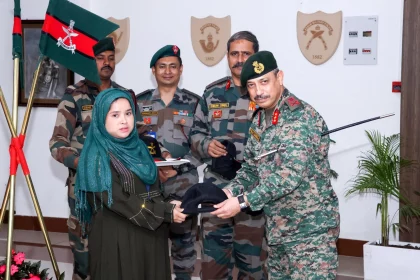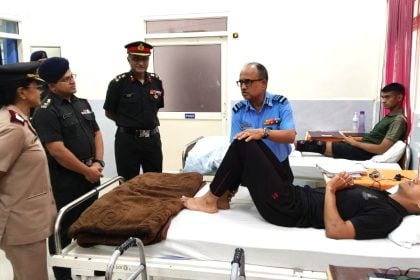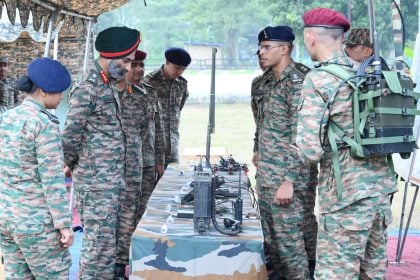10 Fearless Lady Officers Set to Conquer the Oceans
10 women officers to sail onboard indigenous Indian Army Sailing Vessel Triveni over next 9 months covering approx. 26,000 nautical…
Joint Military Medical Exercise Showcases Innovation and Readiness Led by DGMS (Air)
The event, attended by representatives from the Indian Army, Navy, and other defence branches.
Assam Rifles Hosts National Integration Tour Participants at DGAR Headquarters in Shillong
The Assam Rifles marked a significant milestone in its ongoing 15-day National Integration Tour on September 12, 2025, as participants…
Indian Armed Forces Conclude Week-Long Leadership Development Program at College of Defence Management
The College of Defence Management (CDM) in Secunderabad successfully concluded a week-long Management Development Program (MDP) on Organizational Behaviour today,…
Air Marshal MS Sridhar Visits Military Hospital and ECHS Polyclinics in Mhow, Boosts Medical and Operational Readiness
Air Marshal MS Sridhar, Deputy Chief of Integrated Defence Staff, commissioned in the Medical Branch on December 30, 1986, recently…
Lt Gen Harinder Singh Vandra Reviews Cutting-Edge Communication Upgrades at Easternmost Signal Regiment
Lt Gen Harinder Singh Vandra, Chief of Staff of the Sapta Shakti Command and Colonel Commandant of the Corps of…






